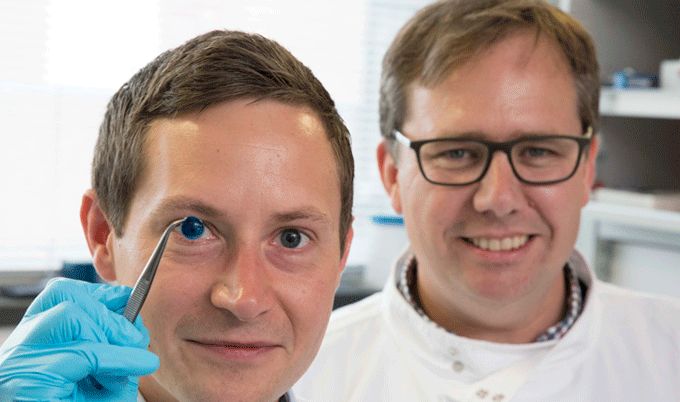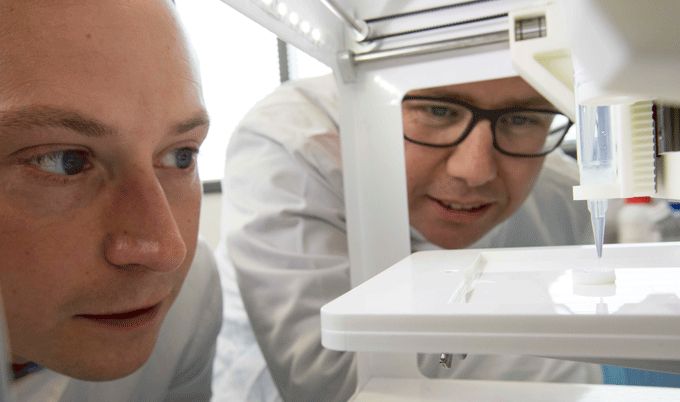In a groundbreaking development, scientists at Newcastle University have successfully 3D printed the cornea from a human eye.
This is the first time that we’ve been able to 3D print such a complex part of the body and it’s thought that in just a few years it could be ready for human transplantation.
The cornea is a vital part of the eye but unfortunately there are some 10 million people around the world requiring surgery there is a chronic shortage or corneas available for transplant.

By creating a potentially limitless supply of artificial corneas this development could eventually help the millions of people who either require surgery or who suffer from total blindness as a result of burns, lacerations, abrasion or disease.
So how do you 3D print one part of an eye? The process involves taking the stem cells from a healthy cornea and then mixing that with alginate and collagen to create a ‘bio-ink’ that can then be printed.
The ink was then inserted into a simple low-cost 3D bio printer and told to print in concentric circles into the shape of a cornea. The whole process took just 10 minutes.

Once printed the stem cells were then left to grow into a transplantable cornea.
What’s even more impressive is that the cornea can be tailored to each patient. By scanning a patient’s eye the team were able to then enter the exact dimensions into the 3D printer and recreate an identical match.
Professor Connon from the University acknowledges that it will be “several years before we could be in the position where we are using them for transplants.”
“However, what we have shown is that it is feasible to print corneas using coordinates taken from a patient eye and that this approach has potential to combat the world-wide shortage.”
Despite the progress that has been made, both the team and other experts are still keen to highlight that for the time being, cornea transplants are desperately needed.
“It is important to note that this is still years away from potentially being available to patients and it is still vitally important that people continue to donate corneal tissue for transplant as there is a shortage within the UK.” Said Dr Neil Ebenezer, director of research, policy and innovation at Fight for Sight.
“A corneal transplant can give someone back the gift of sight.”